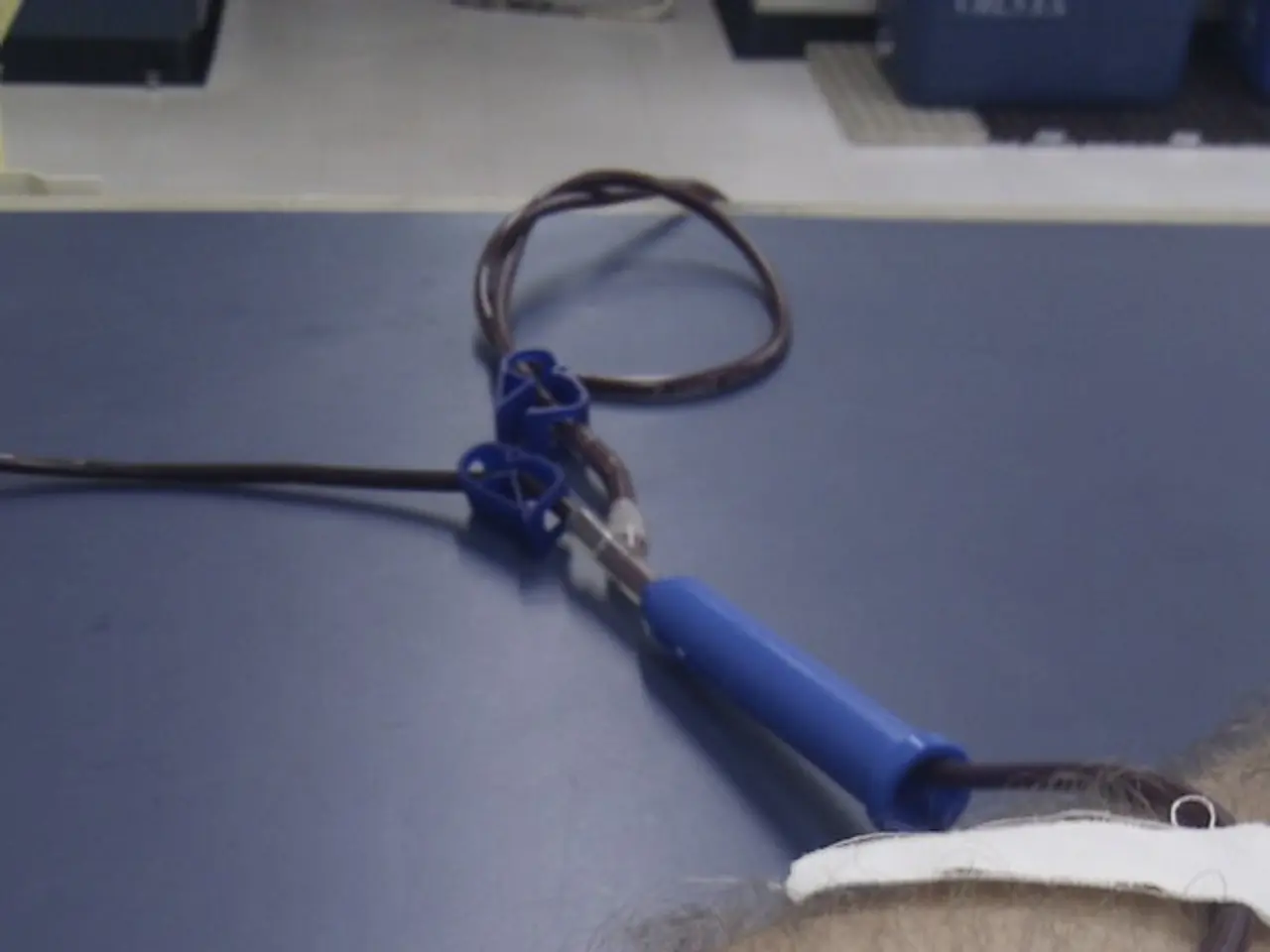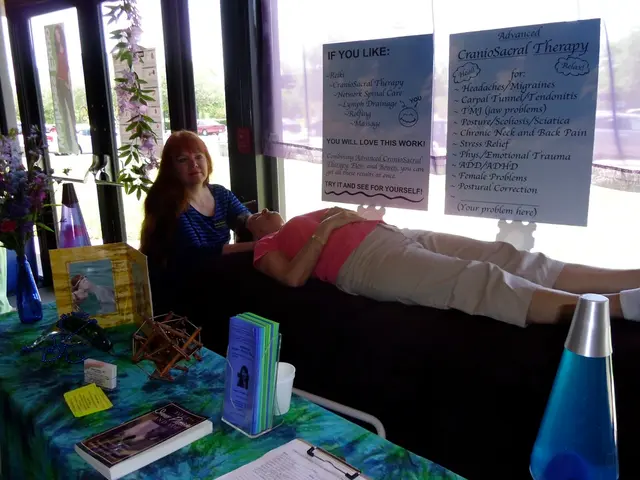Pulmonary arteriovenous malformations effectively treated with gadolinium contrast agent in a patient with extreme iodine sensitivity: Case study presentation
First Successful Gadolinium Contrast Agent Used for Coil Embolization of Pulmonary Arteriovenous Malformations
A groundbreaking case has been reported, marking the first successful use of a gadolinium contrast agent (GCA) for coil embolization of pulmonary arteriovenous malformations (PAVMs) in a patient with a severe iodine allergy.
The patient, a woman in her 40s, was referred to the thoracic surgery department of another hospital due to difficulty breathing and nasal bleeding. Her condition led to her being diagnosed with hereditary hemorrhagic telangiectasia (HHT), a genetic disorder that causes abnormal blood vessels to form in various parts of the body, including the lungs.
Upon further investigation, a noncontrast enhanced computed tomography (CT) scan of the patient's chest revealed 3 PAVMs. These malformations were located in segment (S) 8 and S9 of the right lung, and S8 of the left lung. The 3 PAVMs had sacs with diameters of up to 20 mm and pulmonary feeding arteries with diameters of up to 5 mm.
Due to the invasiveness of surgery, embolization using a GCA was selected as an alternative treatment strategy. However, during preoperative pulmonary arteriography using an iodine contrast agent, the patient experienced adverse reactions, necessitating a change in approach.
The patient was transferred to the hospital's department for Transcatheter Arterial Embolization (TAE) where the GCA was visible on angiography. Coil embolization of the PAVM sacs and feeding arteries was performed in 3 sessions using Gadoteridol (ProHance, Bracco, Milan, Italy) as the GCA.
The use of the GCA enabled effective visualization without exposing the patient to iodine, circumventing risks related to iodine allergy. The coil embolization technique involved placing metallic coils to occlude the abnormal pulmonary vessels, reducing shunting and associated complications.
This represents an important advancement as most embolization procedures traditionally rely on iodine contrast agents. Careful planning and monitoring are essential to ensure safety and procedural success in patients with contraindications to iodine. Regular follow-up after embolization remains vital due to risks such as recanalization or persistence of PAVMs, as with conventional treatments.
While detailed individual case specifics are limited in the search results, this report highlights the feasibility and safety of GCA for coil embolization in iodine-allergic patients, offering a tailored treatment strategy for complex clinical scenarios involving PAVMs.
This case demonstrates the effectiveness of coil embolization as a treatment for PAVMs, even in high-risk allergy scenarios. It underscores the importance of alternative contrast agents like gadolinium in such situations, allowing for visualization during the procedure while avoiding allergic reactions.
- This innovative case serves as evidence of the utilization of interventional radiology, specifically gadolinium contrast agents, as a viable option for coil embolization of pulmonary arteriovenous malformations in patients with severe iodine allergies, demonstrating the role of science in developing therapies and treatments for medical-conditions like chronic diseases.
- The successful application of gadolinium contrast agents in this high-risk allergy scenario provides a valuable addition to the health-and-wellness arsenal, offering an alternative approach for patients with iodine allergies during interventional radiology procedures like transcatheter arterial embolization.
- With this new method, patients with medical-conditions like hereditary hemorrhagic telangiectasia can undergo interventional radiology treatments for chronic diseases like pulmonary arteriovenous malformations without the risk of adverse reactions caused by iodine contrast agents, furthering the advancement of science in ensuring the safety and efficacy of therapies and treatments.




